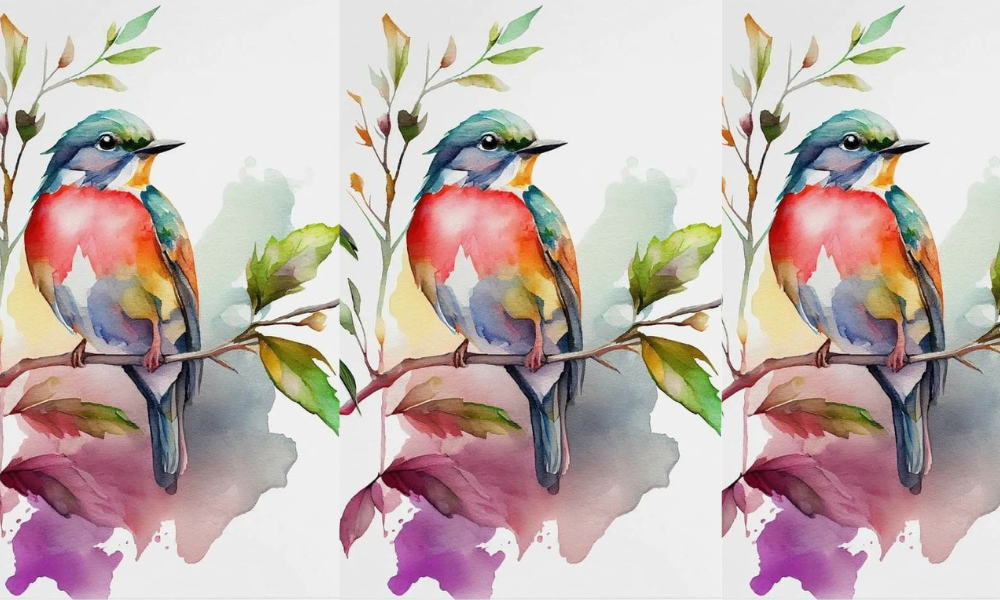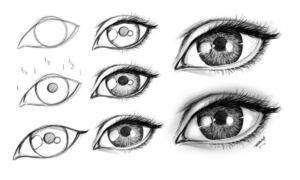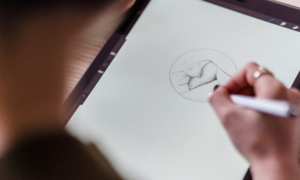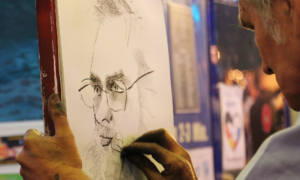Whether you’re new to watercolors or a seasoned painter, venturing into unexplored techniques can be an exhilarating experience. While I typically stick to the basics (#1 and #3), there’s immense joy in dabbling with unconventional methods, even if they’re not intended for a finished piece.
I particularly relish these creative experiments when inspiration feels elusive or when I lack the motivation to paint a specific subject. With that in mind, here’s a concise compilation of 10 enjoyable watercolor techniques for you to experiment with, if you haven’t already!
1. DRY BRUSH
Produces a textured appearance, particularly effective on cold press and rough paper surfaces.
Apply paint to the brush, ensuring it’s not saturated with water. It may be necessary to dab excess moisture on a cloth or paper towel before applying to the paper.
I prefer employing the rounded brush’s edge to achieve this desired effect!
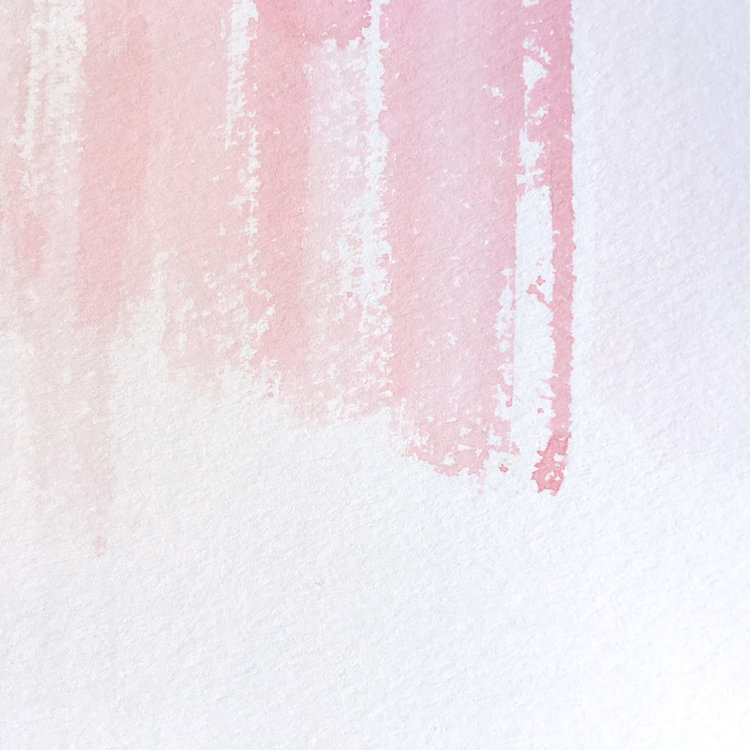
2. WET-ON-WET
Produces gentle blends, reminiscent of clouds and foundational layers in landscape painting.
Using a clean brush, apply water evenly to the paper, ensuring a smooth sheen without pooling. Load the brush with pigment and apply it to the dampened areas. Let the paint dry; the outcome will transform, revealing a more exquisite appearance.
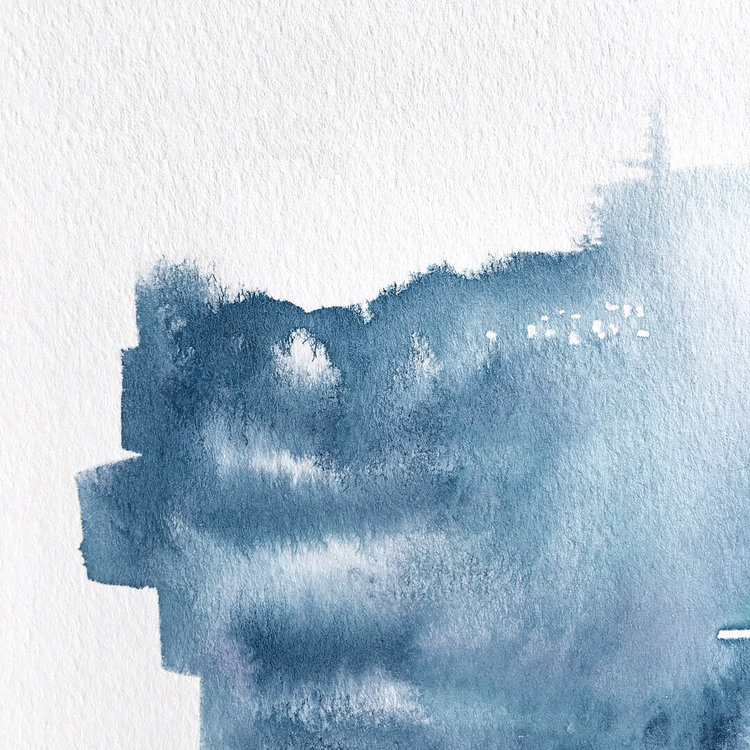
3. LIFTING
Employ this technique to erase or lighten colors in specific areas of your painting.
For dry sections where paint has been applied, utilize a moistened clean brush to gently scrub the paper, lifting the colors.
In semi-wet regions with applied paint, employ a dry, clean brush to sponge up the pigment and lighten the areas.
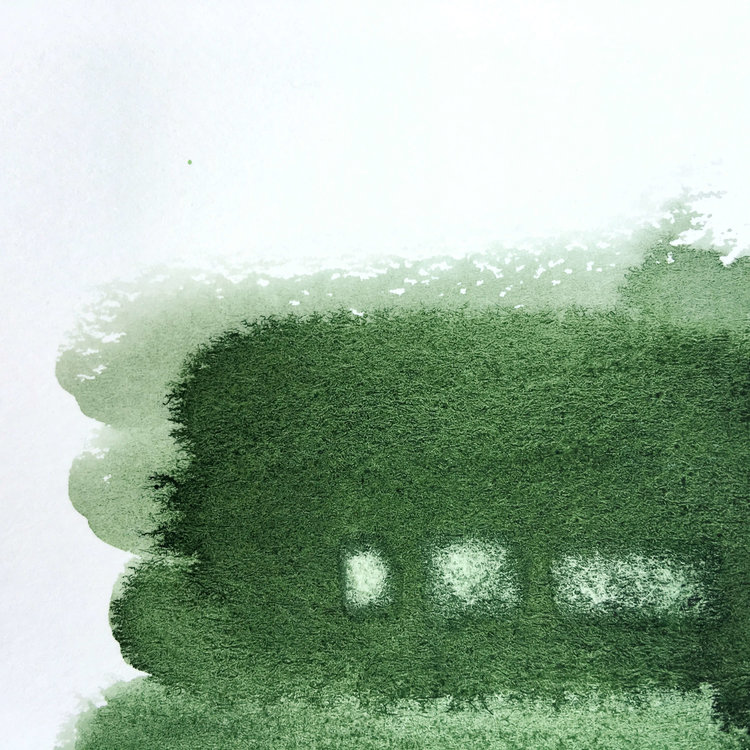
4. SALT
Adding salt to wet paint generates captivating bursts or star-like textures.
While the paint is still moist, scatter kosher salt onto the surface and let it dry. Once dried, remove the salt crystals by scraping them off.
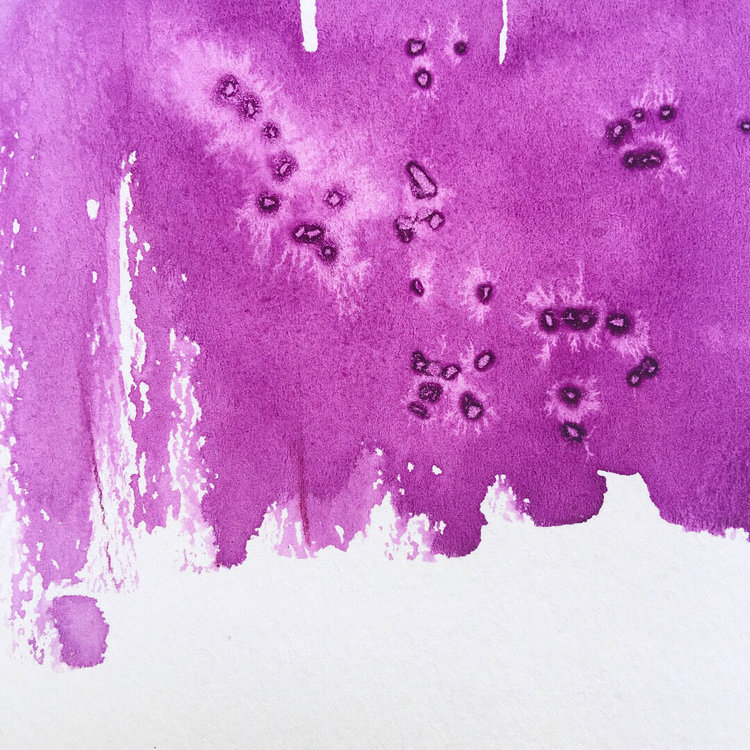
5. PLASTIC WRAP V1
Employ this method to achieve unique irregular edges and captivating veined textures.
Apply pigment to the paper, allowing colors to flow loosely, perhaps creating a few pools of color. Place plastic wrap over the wet paint, smoothing it out with your fingers to spread the paint to the edges. Leave the paint to dry with the plastic wrap in place, and remove it once the paint has dried.
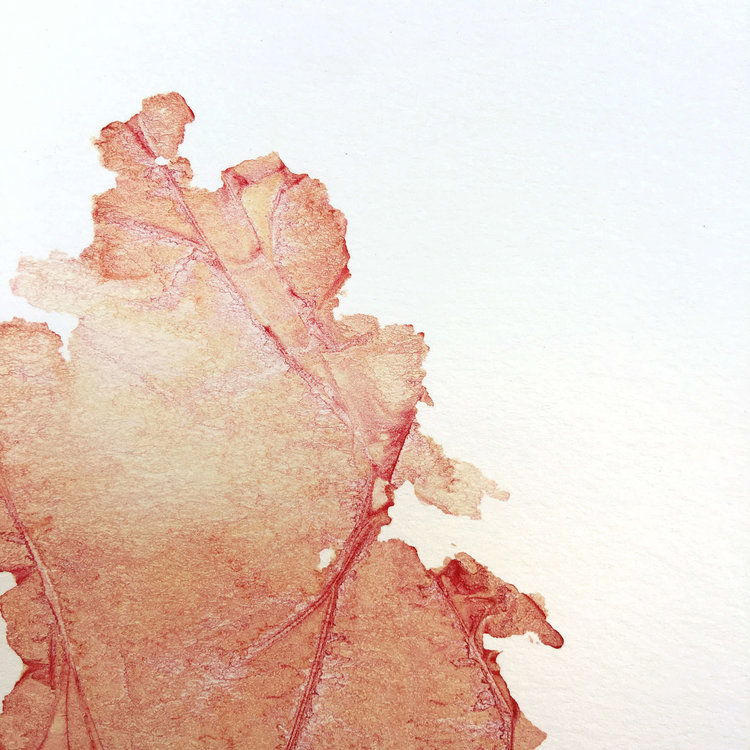
6. PLASTIC WRAP V2
This technique involves using plastic wrap in a different sequence to produce organic geometric textures.
First, apply paint in desired colors. Then, crumple up the plastic wrap and lay it on top of the paint, allowing it to dry. Once dry, remove the plastic wrap to reveal the textured effect.
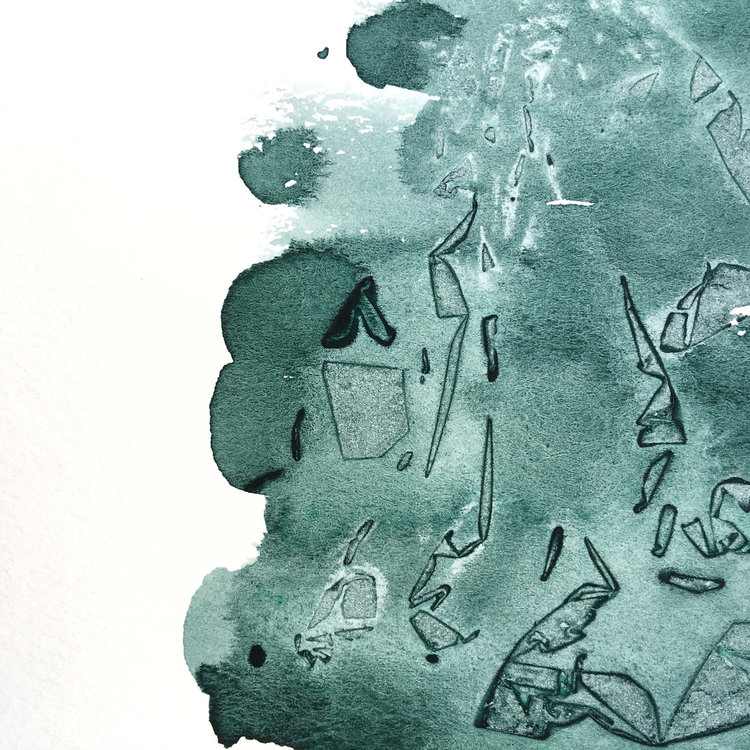
7. ALCOHOL
Alcohol is employed to displace paint, resulting in softly edged white areas.
First, paint the desired areas. While the paint is still wet, dip a clean brush into rubbing alcohol (Vodka can also be used) and apply it to the painted sections to push the paint away.
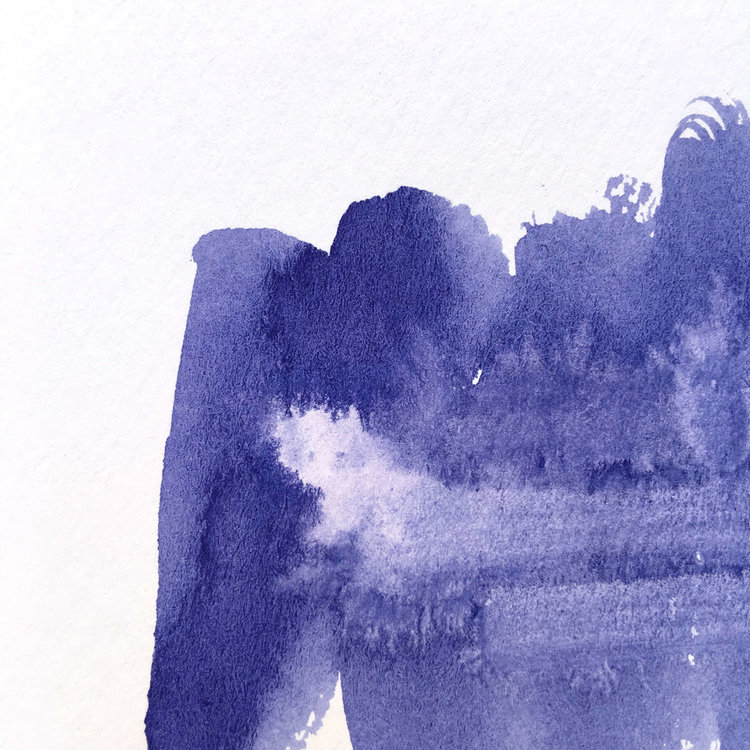
8. SPRAY & PAINT
Use this technique to create organic, coral-like textures.
Take a spray bottle with clean water and spray the paper. Load brush with pigment and dab the tip of the brush into wet areas and watch pigment spread.
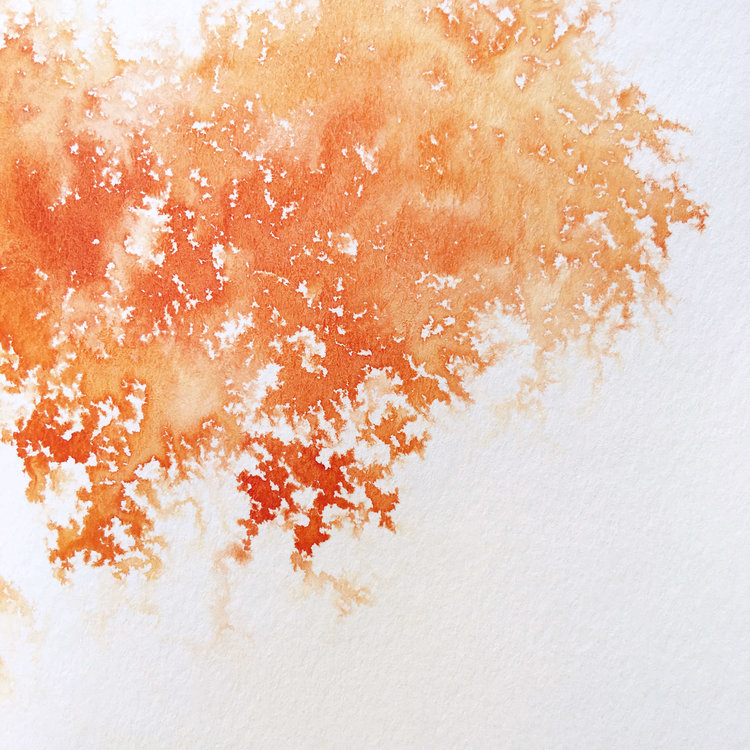
9. PAINT & SPRAY
This method produces a splattered texture effect on painted surfaces.
Begin by painting as desired, then allow the paint to partially dry for a few minutes. Next, use a spray bottle filled with clean water to lightly mist the painted area. Be cautious not to overdo it with the water, as excessive spraying will result in less prominent splatters.
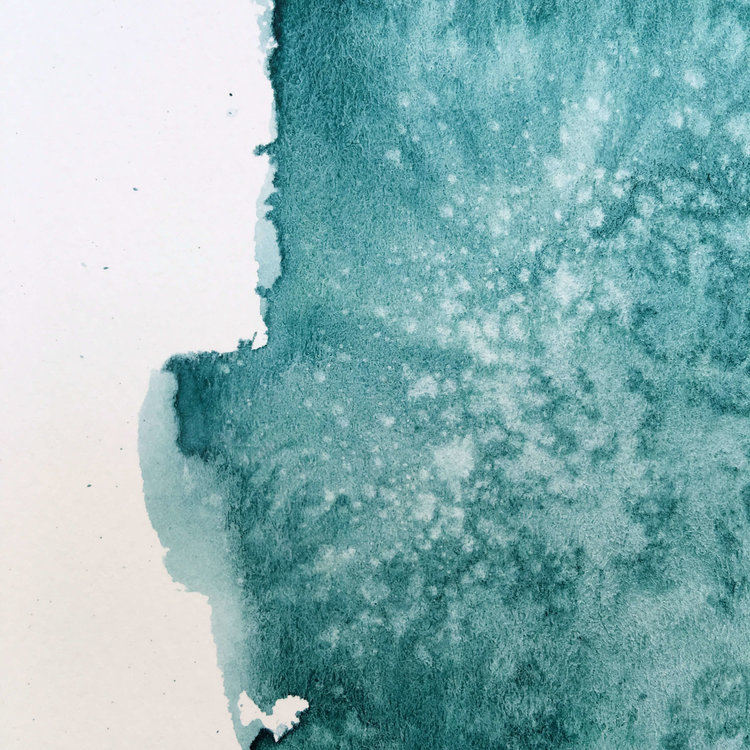
10. MASKING FLUID
Employ masking fluid to preserve white sections of your artwork. If using a brush to apply masking fluid, prepare an old brush by coating it with dish soap (and remember to wash it thoroughly after each use).
Paint the areas you wish to keep white with masking fluid. Allow the masking fluid to dry completely, then paint over it with your chosen colors. Once the paint has dried, remove the masking fluid by rubbing it off with your fingers.
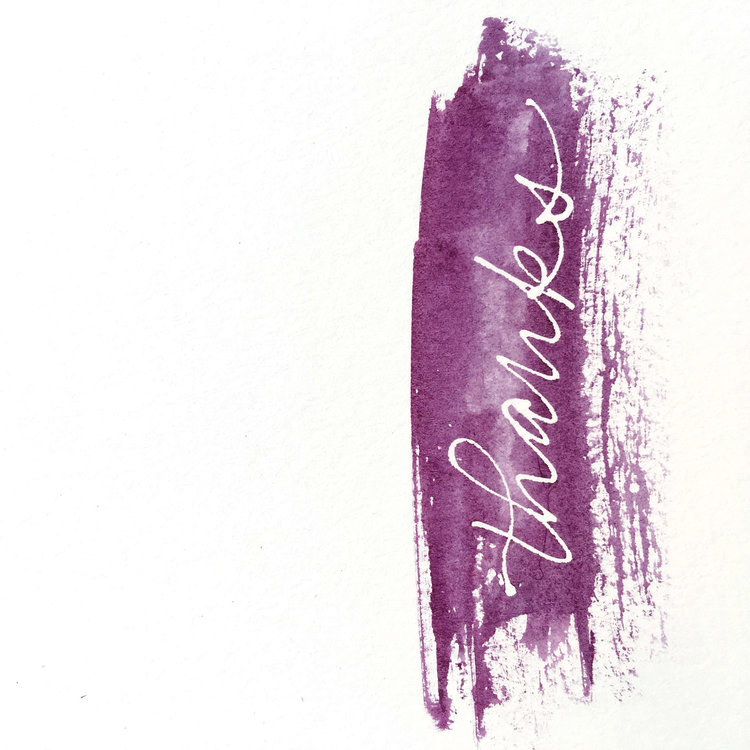
I’m excited about these 10 techniques! They seem like a lot of fun and make me eager to sit down and experiment with my watercolors. One technique that particularly piques my interest is using masking fluid. It’s been on my list of things to try for a while now, and I’m hopeful that I’ll find some time to delve into it soon!

